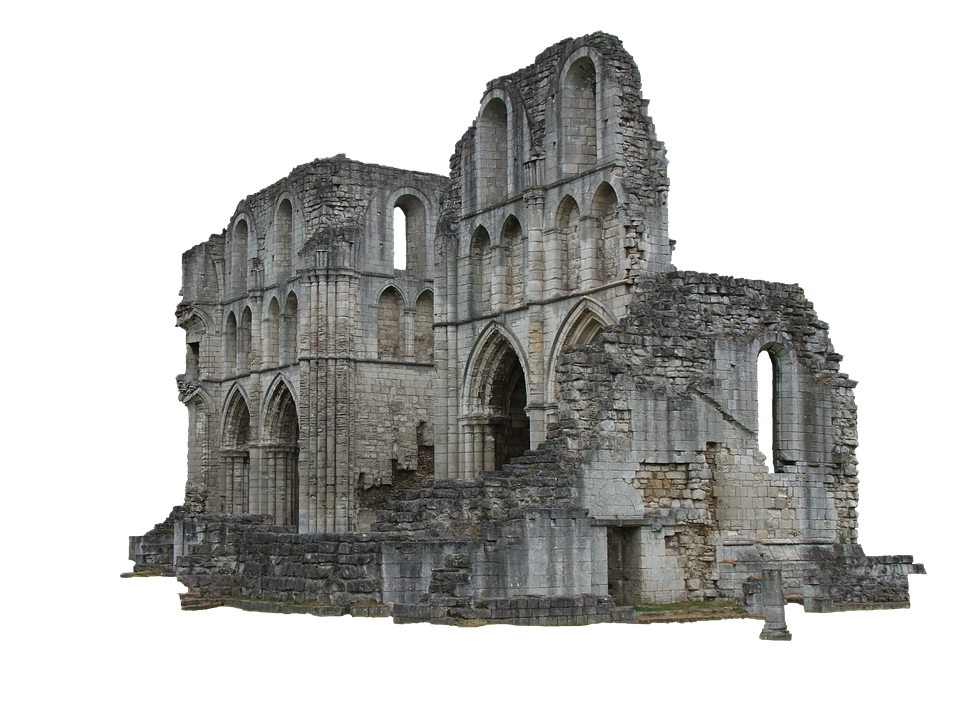Preserving the Legacy: Conservation Efforts for Alba’s Medieval Buildings
Alba, a quaint town nestled in the heart of Italy, boasts a rich history dating back to medieval times. Its cobblestone streets are lined with centuries-old buildings that tell the tales of knights, nobles, and artisans who once called this place home. However, as time marches on, these architectural wonders are at risk of being lost to decay and neglect. In recent years, conservation efforts have been underway to protect and preserve Alba’s medieval buildings for future generations to enjoy.
The Threat of Time
The passage of time is perhaps the greatest threat to Alba’s medieval buildings. Centuries-old structures are prone to deterioration due to weather elements, natural disasters, and human activities. Without proper maintenance and care, these architectural treasures are at risk of crumbling into ruins.
Many of Alba’s medieval buildings are constructed from limestone, a material that is particularly vulnerable to erosion and weathering. Over the years, exposure to wind, rain, and sunlight can cause the stone to deteriorate, leading to structural instability and ultimately, collapse. Additionally, pollution and airborne particulates can also contribute to the degradation of building materials, further hastening the decay of these historic structures.
Conservation Efforts
Recognizing the importance of preserving Alba’s medieval heritage, local authorities, preservation organizations, and community members have joined forces to undertake conservation efforts to protect these architectural treasures. This includes:
1. Restoration and Repair: One of the primary conservation efforts for Alba’s medieval buildings is restoration and repair. Skilled craftsmen and conservators work to repair damaged stone, replace deteriorated elements, and reinforce weakened structures to ensure their stability and longevity. This process often involves using traditional building techniques and materials to maintain the authenticity and historical significance of the buildings.
2. Structural Reinforcement: In addition to restoration and repair, structural reinforcement is crucial in preserving Alba’s medieval buildings. This may involve installing steel beams, braces, or anchors to strengthen the building’s foundation and prevent further deterioration. By improving the structural integrity of these historical structures, they can withstand the test of time and continue to stand for future generations to admire.
3. Monitoring and Maintenance: Regular monitoring and maintenance are essential in keeping Alba’s medieval buildings in good condition. This includes inspecting for signs of damage, cleaning surfaces, and performing routine upkeep to prevent problems from worsening. By implementing a proactive maintenance plan, conservationists can address issues early on and prevent irreversible damage to these architectural gems.
4. Education and Awareness: Education and awareness are key components of conservation efforts for Alba’s medieval buildings. By raising awareness about the historical significance of these structures and the importance of preservation, the community can unite in their efforts to protect and safeguard their heritage. Educational programs, workshops, and guided tours can help instill a sense of pride and responsibility in preserving Alba’s medieval legacy.
Challenges and Future Considerations
Despite the ongoing conservation efforts, Alba’s medieval buildings face numerous challenges that threaten their preservation. Limited funding, lack of resources, and bureaucratic hurdles can hinder progress in protecting these architectural gems. Additionally, rapid urbanization, tourism pressures, and changing environmental conditions pose additional threats to the long-term sustainability of Alba’s historic buildings.
Moving forward, it is imperative for stakeholders to collaborate and form partnerships to address these challenges and ensure the continued preservation of Alba’s medieval heritage. By prioritizing conservation efforts, investing in infrastructure improvements, and promoting sustainable tourism practices, we can safeguard these architectural treasures for generations to come.
In conclusion, the conservation efforts for Alba’s medieval buildings are vital in preserving the town’s rich history and cultural heritage. Through restoration, structural reinforcement, monitoring, and education, we can protect these architectural wonders from the ravages of time and ensure their legacy for future generations to cherish. By working together, we can preserve the beauty and charm of Alba’s medieval buildings and continue to honor the legacy of this historic town for years to come.
